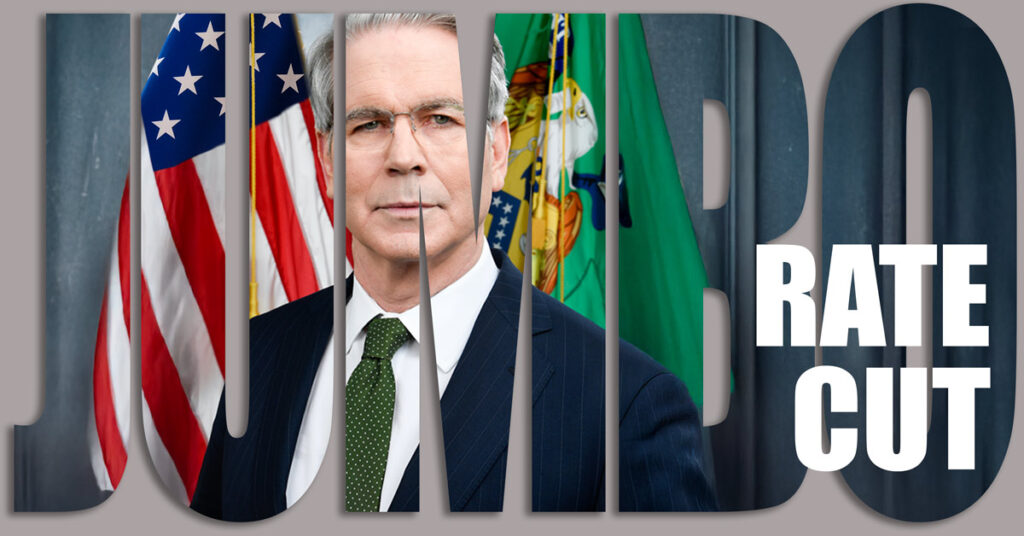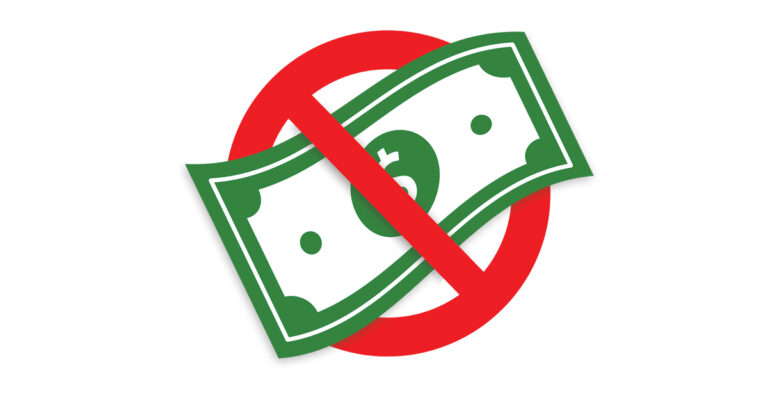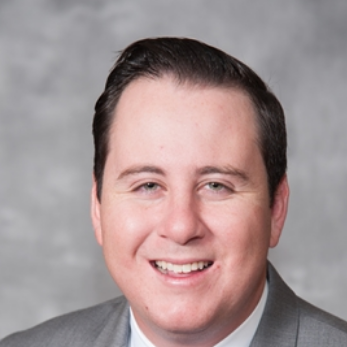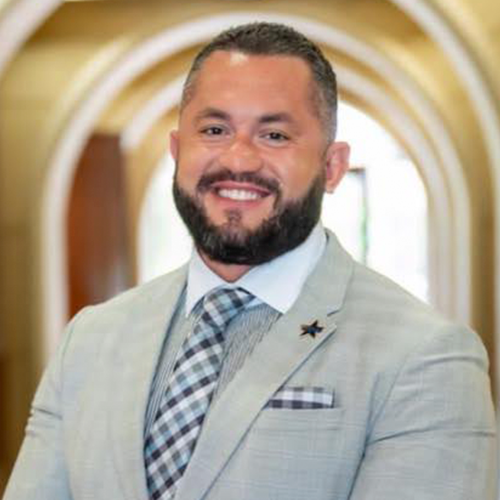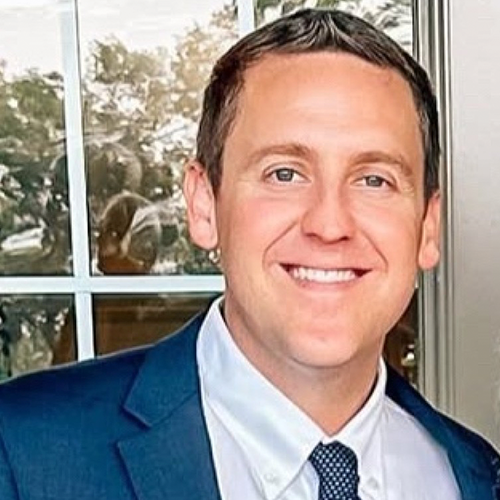If Scott Bessent were involved in U.S. monetary matters instead of fiscal policy, he would vote for a half-point cut to the benchmark federal funds rate when the Federal Reserve’s monetary policy committee reconvenes in September.
The current Treasury secretary, who ruled himself out of contention to become the next Fed chair when Jerome Powell’s term expires in May, said during a Bloomberg Surveillance segment Wednesday that he believes the Fed would have already cut rates in June or July if it had accurate jobs data to work with.
Two days after the Fed’s July 29-30 meeting concluded, the Bureau of Labor Statistics (BLS) drastically slashed May and June’s U.S. payroll additions by a combined 258,000 jobs, which was the largest revision since 1968. Bessent believes the eroding labor market justifies a 0.5% rate cut in September — which would be double what interest-rate prognosticators are expecting.
“I do think we could go into a series of rate cuts here, starting with a 50-basis-point rate cut in September,” Bessent said. He added that he thinks the fed funds rate should be 150 to 175 basis points lower than its current range of 4.25% to 4.5%.
The Fed typically cuts rate during periods of high unemployment or slow payroll growth, though it is less likely to do so when inflation is running above its 2% target. On Tuesday, the BLS revealed that inflation, as measured by the consumer price index, was 2.7% for the 12-month period ending in July.
Still, the jobs report was dour enough that as of Wednesday afternoon, the CME FedWatch tool, which tracks trading activity of futures contracts tied to the fed funds rate, listed 100% odds that the Fed will cut rates by at least 25 basis points in September. About 94% of those investors think a 0.25% reduction is in the cards, while just 6% think Bessent’s suggested plan of a 0.5% rate cut will transpire.
But based on comments made by two Fed officials this week, the central bank is far from unified on easing monetary policy next month.
Get these articles in your inbox
Sign up for our daily newsletter
Get these articles in your inbox
Sign up for our daily newsletter
Schmid and Barkin aren’t sold on a rate cut
Jeffrey Schmid, president and CEO of the Federal Reserve Bank of Kansas City, is a member of the Federal Open Market Committee (FOMC) that sets U.S. monetary policy.
Schmid said during an economic conference in Oklahoma City on Wednesday that while “payroll growth was weak over the summer, a broader set of indicators suggest a labor market that is in balance.” He argued that “inflation remains too high,” which supports a “patient approach to changing the policy rate.”
“I view a modestly restrictive policy stance as appropriate given the recent inflation data,” Schmid stated. “While increased tariffs seem to be having a limited effect on inflation, I view this as a rationale for keeping policy on hold rather than an opportunity to ease the stance of policy.”
Federal Reserve Bank of Richmond President Tom Barkin, who is not a current or alternate member of the rotating segment of the FOMC, also gave a speech Wednesday titled “Why the Consumer Matters.” Barkin posited that consumer spending has remained “remarkably resilient” but that consumers are “solid but stretched” by current economic conditions.
“If consumers draw a line when faced with higher prices, businesses will see volumes drop and margins squeezed. They will look for costs to cut,” Barkin remarked. “Employment could take a hit as a result, especially given the availability of new labor-saving technologies like artificial intelligence. That could start a vicious cycle if laid-off workers pull back even further on spending.”
But Barkin thinks it’s too soon to say which side of the Fed’s dual mandate of maintaining both stable consumer prices and maximum employment requires more attention at the moment.
“We may well see pressure on inflation, and we may also see pressure on unemployment, but the balance between the two is still unclear,” Barkin said. “As the visibility continues to improve, we are well positioned to adjust our policy stance as needed.”


